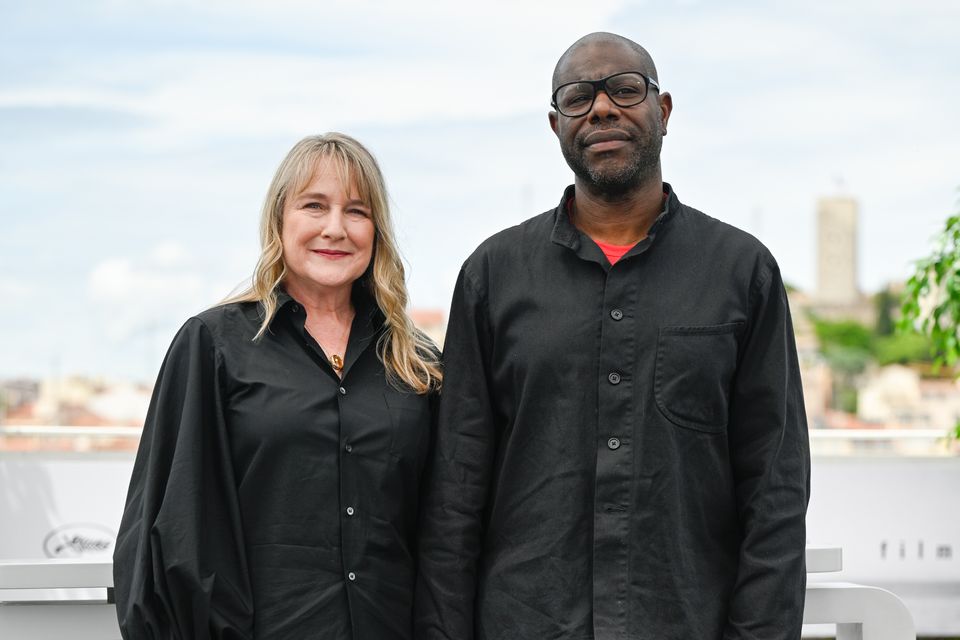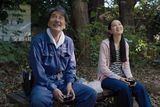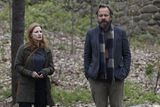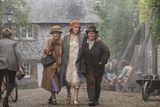Director Steve McQueen on being reckless, Bobby Sands and his big break with Michael Fassbender
As he visits the Dublin International Film Festival, the Londoner discusses his new movie Occupied City, making the Oscar-winning 12 Years a Slave and the impact the hunger strikes had on him in childhood
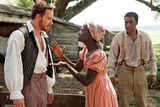
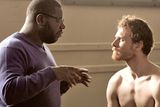

Steve McQueen comes to Dublin next Wednesday to accept a Volta lifetime achievement award from the Dublin International Film Festival, and take part in a public interview. There should be plenty to talk about.
The London-born artist and film-maker is best known in these parts for Hunger, a dreamy and poetic account of Bobby Sands’ last days that made a star of Michael Fassbender. But there’s so much more to McQueen’s repertoire than that. This, after all, is a man who won the Turner Prize before he was 30, the Caméra d’Or at Cannes with Hunger — his first film, remember — and three Oscars including Best Picture with his 2013 historical epic 12 Years a Slave.
In dramas, documentaries and provocative short films, McQueen has explored the roots of racism, the experiences of Afro-Caribbean immigrants to the UK and the Grenfell Tower disaster. Most recently, he has amassed an epic documentary charting crimes committed by the Nazis in the Netherlands during World War II.
Occupied City, released a few weeks ago, is based on a book by McQueen’s wife, Bianca Stigter, and juxtaposes footage of modern-day Amsterdam with chilling accounts of Nazi persecutions and killings. It’s a mesmerising work, cumulatively powerful. Steve and his wife live in the city with their children: was it hard for him unearthing all this horror?
“Yeah, it was really heavy, to be quite frank,” he says. “I think it was one of my most difficult films in a way, just because it’s where we live, where my children went to school, where I sleep at night. So the presence of this other narrative going on underneath it all was something that really hit me from day one, but I really wanted to get it on the screen somehow.”
One of the most interesting things about Occupied City is that while the voiceover reaches back in time to the dark days of the 1940s, McQueen’s camera stays eerily rooted in the present, following today’s Amsterdammers as they go about their daily business. Was he tempted to use archive footage as well?
Director Steve McQueen with his wife Bianca Stigter. Photo: Stephane Cardinale via Getty Images
“Well, as my wife was doing her book, my initial idea was wondering what might happen if I had got some footage from 1940 and then projected present day Amsterdam over it. Amsterdam is a 17th century city, and it wasn’t bombed like Rotterdam: most of the structures still remain, so if you were to project one image from 1940 on another from 2024, the building would be reinforced but at the same time you would have the living and the dead together in the same frame. But then I thought, oh, what happens if the past was text and the present is now, that might be more powerful.”
The current version of the film is four hours long. “I shot everything in the book,” he tells me. “I shot 34 hours of footage that I will present later but in a different form, not in a cinematic form.”
It was an exhausting process, he admits. “And, yes, it definitely gets into your veins. I found out things like the fact that my daughter’s former school was once the SS interrogation centre where people were tortured, in the actual school classrooms where kids are educated. So combining histories like that definitely leaves an impression on you.”
McQueen’s work often engages with the horrors of the past, but also those of the present. In the aftermath of the Grenfell Tower fire of 2017, he flew towards the gutted building in a helicopter to capture footage of a scandalous tragedy he instinctively felt the need to witness.
“I’m from west London,” he says, “Ladbroke Grove was a big stomping ground for me. I had a market stall there growing up, and the community was very much a part of my everyday. When it happened. I was in Chicago making Widows, and it was one of those things that stunned me. I couldn’t believe it, how has it happened in this vast modern metropolis? How could this ever happen to people?
“I just needed to have a response to it, and the idea came to me of just moving towards it somehow. That’s just what came to me — to look, and to witness, and to not forget.”
Read more
In McQueen’s film, Grenfell, as his camera glides above the tower, we see pieces of the cladding that ignited like petrol, the bare boards of devastated apartments and forensic investigators picking through the wreckage. He consulted community groups, neighbours and the families of the bereaved before proceeding with the film. The finished — dialogue- and music-free — film was shown at London’s Serpentine Galleries last year.
McQueen has never shied from a challenge, and struggled to get backing for 12 Years a Slave, a film in which he would team up with Fassbender again.
“At the time, I was told that films with black leads don’t make money, internationally absolutely not, and domestically, in terms of America, hardly anything. And, of course, 12 Years a Slave blew the lid off that — it was a blockbuster, who’d have thought.”
Remarkably, the subject of American slavery had hardly been addressed in US cinema before.
‘In those first two weeks the studio lost about $25m because they didn’t believe in the picture and didn’t put it on in enough cinemas’
“In the beginning, they only put it on in a hundred cinemas, and then the cinemas were banging our door down going, where’s 12 Years a Slave? The demand was there. So, basically, in those first two weeks they lost about $25m because they didn’t believe in the picture and they didn’t put it on in enough cinemas,” McQueen says. “But then, after that, they opened in nearly 2,000.”
The film was a big box office hit, and is considered one of the best movies of the last 20 years.
“That’s the thing about cinema though, isn’t it?” he says. “Until it’s done, it’s not possible, and that’s what 12 Years a Slave did — we made what was apparently impossible possible. But that only happens if you’re given the opportunity. When we did Hunger, I didn’t know if I’d get to make another film, and luckily I did.”
Steve McQueen with Michael Fassbender on set in Hunger
Released in 2008, Hunger was made for less than £2m, and McQueen co-wrote his screenplay with Enda Walsh. A then-unknown Fassbender played Bobby Sands during the torments of the 66-day hunger strike that would end in his death.
“Hunger is a very personal film for me, and I decided I’d just go out with two guns blazing because I thought it’s going to be my first film and my last film,” he says.
Why did he think that?
“Well, because, who gets to make another film? And then there was the subject matter — and the fact that it was me that was making it. So, I said, wow, if I’ve got an opportunity to make a film, it needs to make noise, I want it to make noise and be heard because it might be the last thing I do.”
McQueen has vivid memories of watching reports about the hunger strikes on British news as a 10-year-old, and being fascinated. “I remember watching the TV and seeing this number beneath this guy’s name and not knowing what it meant. So I asked my mother, and she said this was the number of days this guy had been on hunger strike. And it struck me that in order to be heard, this person didn’t eat, and that was something that was relatable to me as a child.
“As a child, the only real power you have is to refuse to eat, and then you get sent to bed. That’s the only power you have in some ways, and it seemed to me that this person was using the same kind of mechanism in a way. It just had a resonance to me, and also to the West Indian community and the Irish community in west London.
“And I was very fortunate to meet the right actor — and the right people — to make the film in Belfast.”
Fassbender’s work on the film was, he says, extraordinary. “When we were shooting Hunger, I said to Michael, do not forget this moment because this is the moment when people will be saying, I worked with Michael Fassbender, and that was it. He never looked back.”
The director is working with another legend of Irish cinema, Saoirse Ronan, on his next film, Blitz, an epic about the Luftwaffe’s bombing of London.
“I can’t say anything about Blitz,” he tells me, “but working with Saoirse has been a real pleasure.”
It’s out later in the year and sounds like another huge logistical undertaking. Does he think long and hard before taking on these big projects?
“No!” he insists. “Not at all, the absolute complete opposite, because I take risks all the time.
“I’m just lucky that the response to the pictures have been the way they have and has allowed me to make another movie. So no, far from it, I’m reckless. Be careful? Absolutely not.”
Join the Irish Independent WhatsApp channel
Stay up to date with all the latest news


